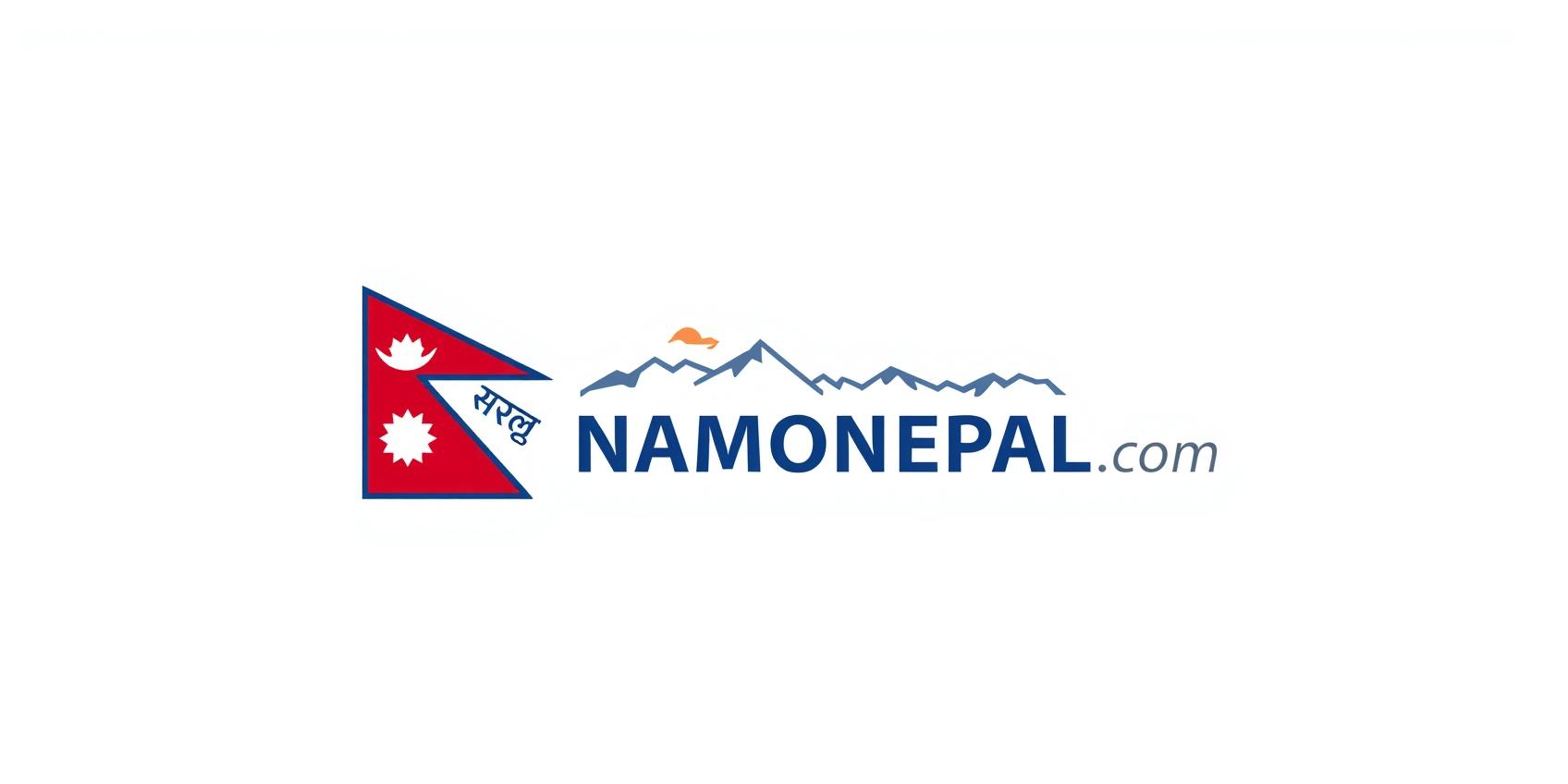Witness Nepal's Living Culture: A Guide to Its Vibrant Festivals
In Nepal, festivals are more than holidays — they are expressions of identity, spirituality, and togetherness. Every season brings celebrations that fill cities and villages with color, music, and devotion. Rooted in Hindu and Buddhist traditions, Nepal’s festivals embody centuries of harmony between faith and community life. From the chariot-pulling frenzy of Indra Jatra to the serene lights of Tihar, every ritual tells a story of gods, ancestors, and gratitude. For travelers, these celebrations offer an unforgettable glimpse into Nepal’s living culture — one that continues to thrive against the majestic backdrop of the Himalayas.
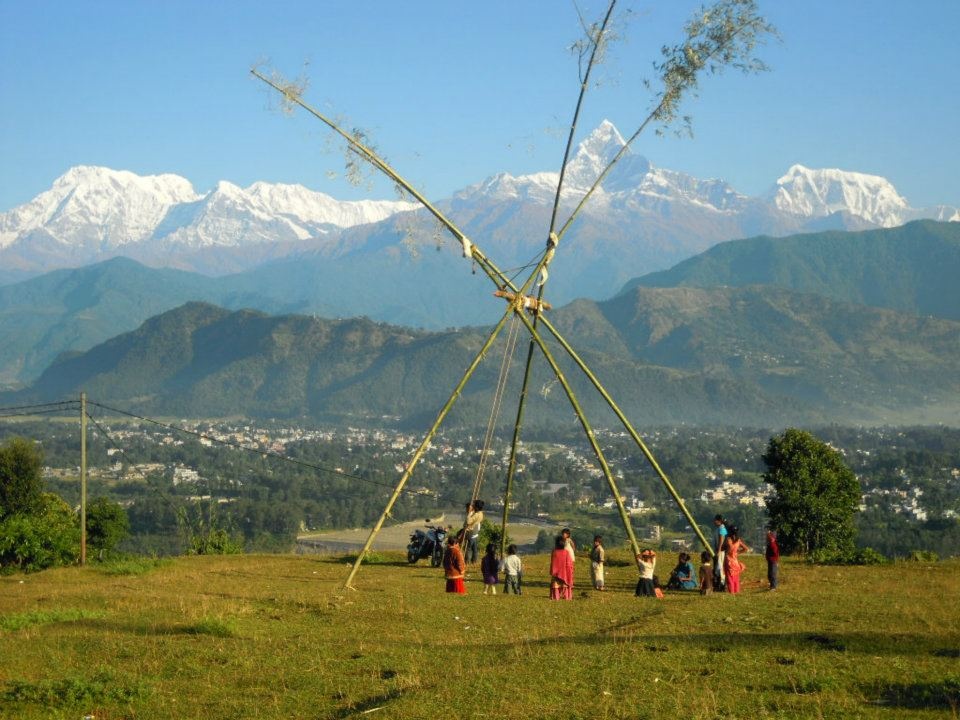
The Spirit of Celebration in Nepal
Festivals in Nepal are deeply tied to nature, religion, and the rhythm of life. They mark harvests, honor deities, and unite families across generations. Every community — from the Newars of the Kathmandu Valley to the Gurungs, Magars, and Tharus of the plains — celebrates its own traditions with pride. These gatherings blend art, dance, music, and ritual into expressions of joy that spill onto the streets. For travelers, being part of a Nepali festival means not just observing culture, but feeling it — in the sounds of drums, the colors of prayer flags, and the smiles of the people.
Dashain: Victory of Good Over Evil
Dashain is Nepal’s grandest festival, symbolizing the triumph of virtue. Families reunite, temples fill with worshippers, and homes are adorned with tika and jamara. It’s a time of blessings, feasting, and reflection. For travelers, Dashain offers an intimate look at Nepal’s spiritual warmth and familial bonds.
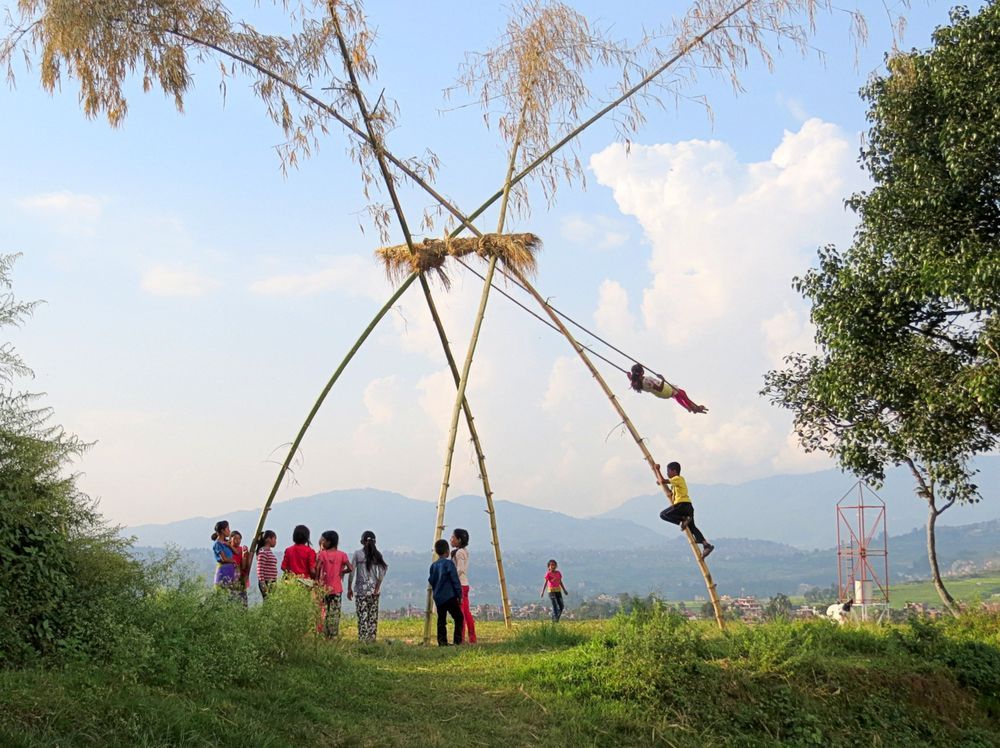
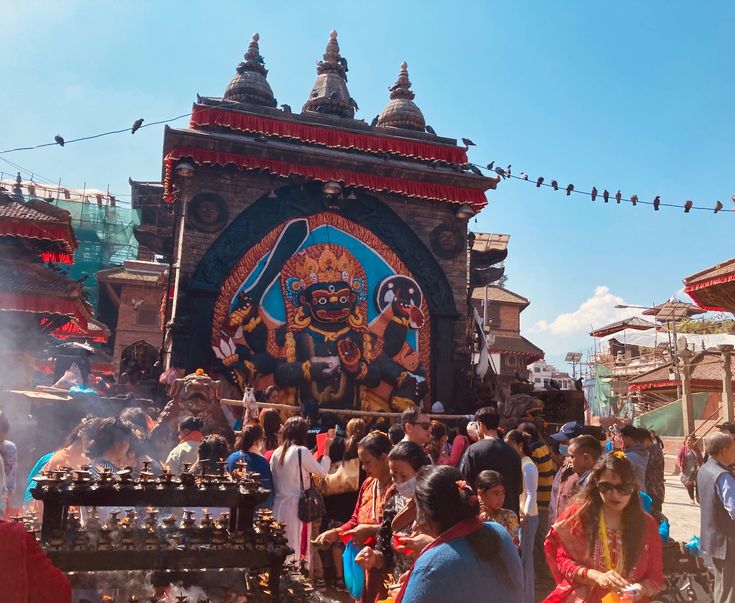
Rituals That Define Nepal’s Daily Life
Beyond grand festivals, Nepal’s daily rituals form the heartbeat of its culture. Morning prayers at temples, offerings of flowers and rice, and the lighting of butter lamps are simple yet profound acts of faith. Birth ceremonies (nwaran), sacred thread initiations (bratabandha), and marriage rituals are deeply symbolic, reflecting the cycle of life and the balance between the divine and human. Even death is honored with reverence and ritual, celebrating the soul’s journey beyond. For visitors, witnessing these customs offers a touching insight into Nepal’s spiritual depth and community harmony.
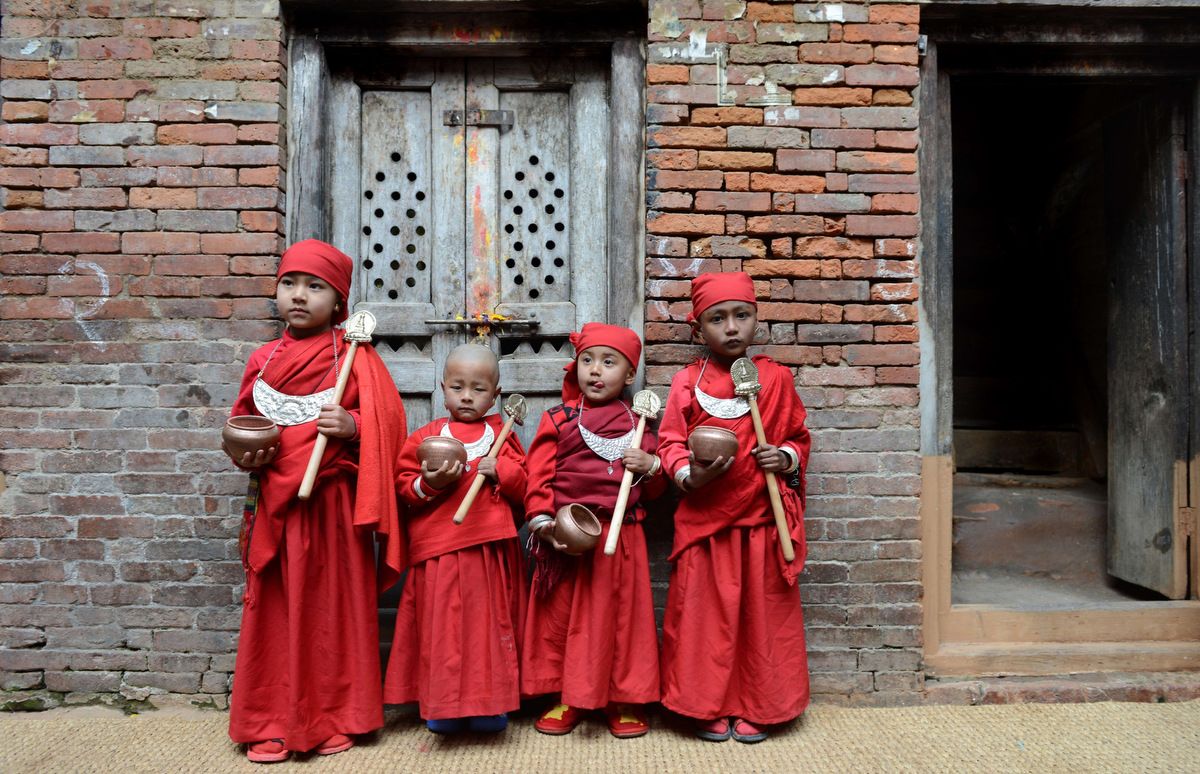
Festivals by Region and Community
Each region in Nepal celebrates its own unique heritage. In the Kathmandu Valley, Newar festivals like Bisket Jatra and Gai Jatra fill ancient cities with chariots and laughter. In the Himalayas, the Sherpa people celebrate Mani Rimdu, a Buddhist festival of masked dances and blessings. In the Terai plains, the Tharu community observes Maghi — a harvest festival marked by traditional feasts and dances. From mountain monasteries to temple squares, every celebration reveals a different face of Nepal’s living tradition.
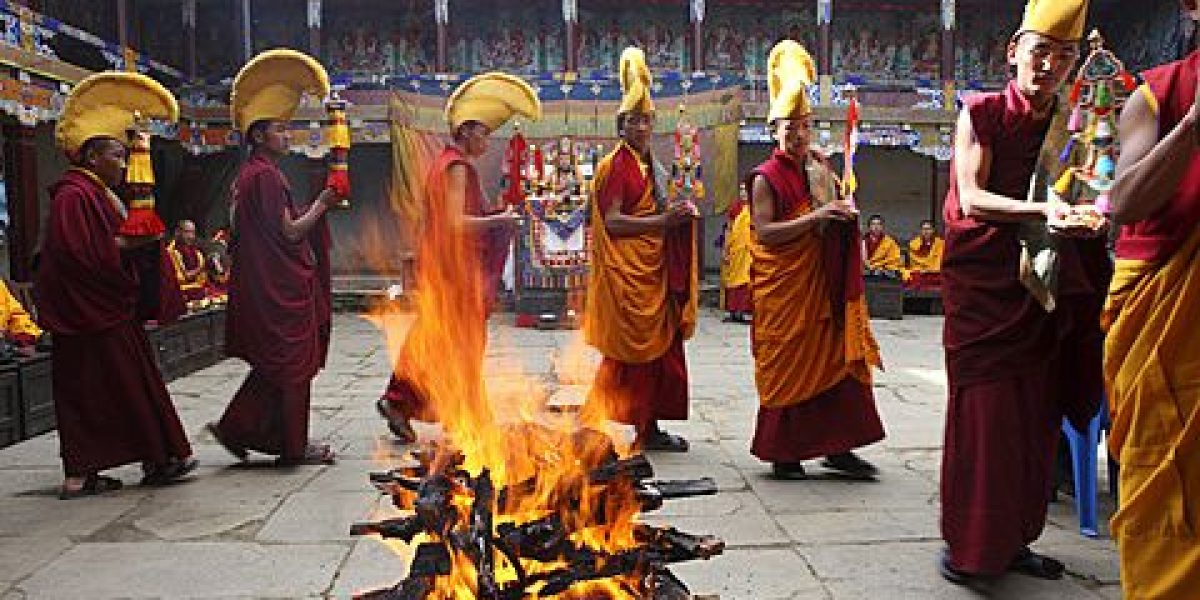
FAQs about Traditional Festivals & Rituals
1. How many festivals are celebrated in Nepal each year?
Nepal celebrates more than 50 major festivals annually, with different communities observing local traditions throughout the year.
2. What are the most popular festivals for travelers to experience?
Dashain, Tihar, Holi, Indra Jatra, and Buddha Jayanti are among the most vibrant and accessible for visitors.
3. Are tourists welcome to join local festivals?
Yes, travelers are warmly welcomed. Respecting local customs and dressing modestly is appreciated during religious rituals.
4. How do festivals differ between Hindu and Buddhist communities?
Hindu festivals like Dashain and Tihar focus on gods and family ties, while Buddhist celebrations such as Buddha Jayanti emphasize peace, meditation, and enlightenment.
5. When is the best time to visit Nepal for festivals?
Autumn (September–November) is ideal for major Hindu festivals, while spring (March–May) brings colorful celebrations like Holi and Buddha Jayanti.
6. What foods are associated with Nepali festivals?
Festive dishes include sel roti, bara, samyabaji, khasi ko masu (goat curry), and sweet juju dhau. Food plays a central role in every celebration.
7. Do different regions celebrate unique festivals?
Yes, communities across Nepal — from Newar to Tharu to Sherpa — have distinctive local festivals reflecting their traditions and beliefs.
8. What is the significance of rituals in Nepali life?
Rituals mark every life stage, from birth to death, symbolizing respect for ancestors, balance with nature, and harmony with the divine.
9. Are there any eco-friendly or community-based festival tours?
Many local operators now offer sustainable cultural tours, supporting traditional artisans, homestays, and community-led heritage preservation.
10. Can I photograph festivals and rituals?
Yes, photography is allowed at most public events, but always ask permission before photographing private or sacred ceremonies.
Book Your Authentic Nepal Cultural Tour with Namo Nepal
Celebrate life the Nepali way — through colors, chants, and community spirit. Each festival and ritual in Nepal is an invitation to witness timeless traditions and human connection at its purest. Whether you’re drawn to grand processions or quiet temple prayers, these experiences reveal the true heart of Nepal.
Plan your journey with Namo Nepal — your trusted guide to authentic culture, adventure, and unforgettable local experiences across the Himalayas.
